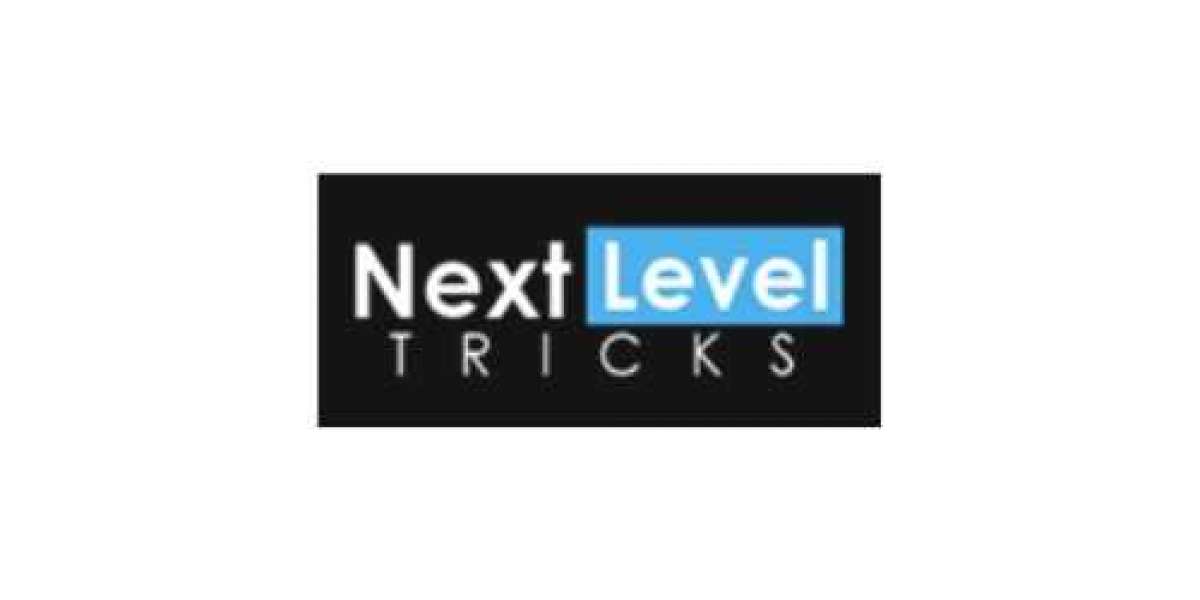The Global Challenge of Tuberculosis
Tuberculosis (TB) remains one of the world's deadliest infectious diseases, posing a persistent public health challenge despite significant efforts towards its eradication. Caused by the bacterium Mycobacterium tuberculosis, TB primarily affects the lungs but can spread to other organs, leading to severe illness and death. The complexity of TB treatment, often requiring lengthy multi-drug regimens, contributes to issues of patient adherence and the alarming rise of drug-resistant strains, particularly multidrug-resistant TB (MDR-TB) and extensively drug-resistant TB (XDR-TB). The sheer number of new cases annually, especially in low- and middle-income countries, underscores the critical and ongoing demand for effective and innovative therapeutic solutions, driving the global tuberculosis therapeutics market.
Current Treatment Landscape and Emerging Therapies
The current tuberculosis therapeutics market is segmented by drug class, with quinolones, rifamycins, nitroimidazoles, macrolides, and aminoglycosides being prominent. First-line therapies typically involve a combination of drugs like isoniazid, rifampicin, pyrazinamide, and ethambutol. However, the increasing prevalence of MDR-TB and XDR-TB necessitates the use of second-line therapies, which often have more severe side effects and longer treatment durations.
The pipeline for new TB drugs is more robust than in decades, with a focus on developing shorter, safer, and more effective regimens, particularly for drug-resistant forms. Novel compounds like bedaquiline (a diarylquinoline) and delamanid (a nitroimidazole) have shown promise in improving sputum culture conversion rates in MDR-TB patients and are progressing through clinical trials. Other nitroimidazoles and oxazolidinones are also in various phases of testing. The goal is to develop new chemical entities and optimize existing drugs to create regimens that can shorten treatment duration, improve adherence, and overcome drug resistance, especially for patients co-infected with HIV.
Key Market Drivers and Regional Insights
The tuberculosis therapeutics market is experiencing significant growth, driven by several key factors. The high global prevalence of TB, particularly in underdeveloped countries, and the continuous increase in incidence due to factors like population growth, urbanization, poverty, malnutrition, and weakened immune systems, are primary catalysts. The alarming rise of multidrug-resistant tuberculosis (MDR-TB) creates an urgent need for novel and effective second-line therapies. Government initiatives and funding for TB control programs, coupled with increasing investments in research and development by pharmaceutical companies, are also propelling market expansion.
Geographically, North America currently dominates the market due largely to its well-established healthcare infrastructure, higher prevalence of TB compared to some developed regions, and ongoing RD activities. Europe also holds a substantial market share, driven by its aging population and increasing incidence of drug-resistant TB. However, the Asia-Pacific (APAC) region is projected to exhibit the fastest growth, fueled by its large population, rising healthcare expenditure, and increasing awareness of TB diagnosis and treatment.
Challenges and Future Directions
Despite promising advancements, the tuberculosis therapeutics market faces considerable challenges. The high cost of treating TB, especially drug-resistant forms, remains a significant barrier, particularly in resource-limited settings. The complexity and extended duration of treatment regimens often lead to poor patient adherence, contributing to treatment failure and the emergence of further drug resistance. Stringent regulatory approval processes and the inherent complexities of developing new anti-TB drugs further complicate market dynamics.
Looking ahead, the future of TB therapeutics will likely involve a continued focus on novel drug combinations that offer shorter, safer, and more effective treatment courses. The integration of molecular diagnostics for rapid detection of drug resistance will enable more targeted therapies. Public-private partnerships, such as UNITE4TB, are crucial for accelerating the clinical evaluation of new drug combinations. The development of new regimens compatible with antiretroviral treatments for HIV-TB co-infection is also a high priority. Ultimately, the market will strive to achieve global TB control through sustained innovation, improved access to effective treatments, and enhanced patient support programs.
Explore our latest reports
? Stay ahead in the healthcare industry. Browse our latest insights now!
About Market Research Future (MRFR)
Market Research Future (MRFR) is a global market research firm that provides comprehensive insights into market trends, drivers, challenges, and opportunities. We offer a broad range of market intelligence reports and consulting services to help businesses and enterprises in various industries make informed decisions
Media Contact:
Market Research Future (MRFR)
Phone: +1-646-845-9312
Email: contact@marketresearchfuture.com
Website: marketresearchfuture








